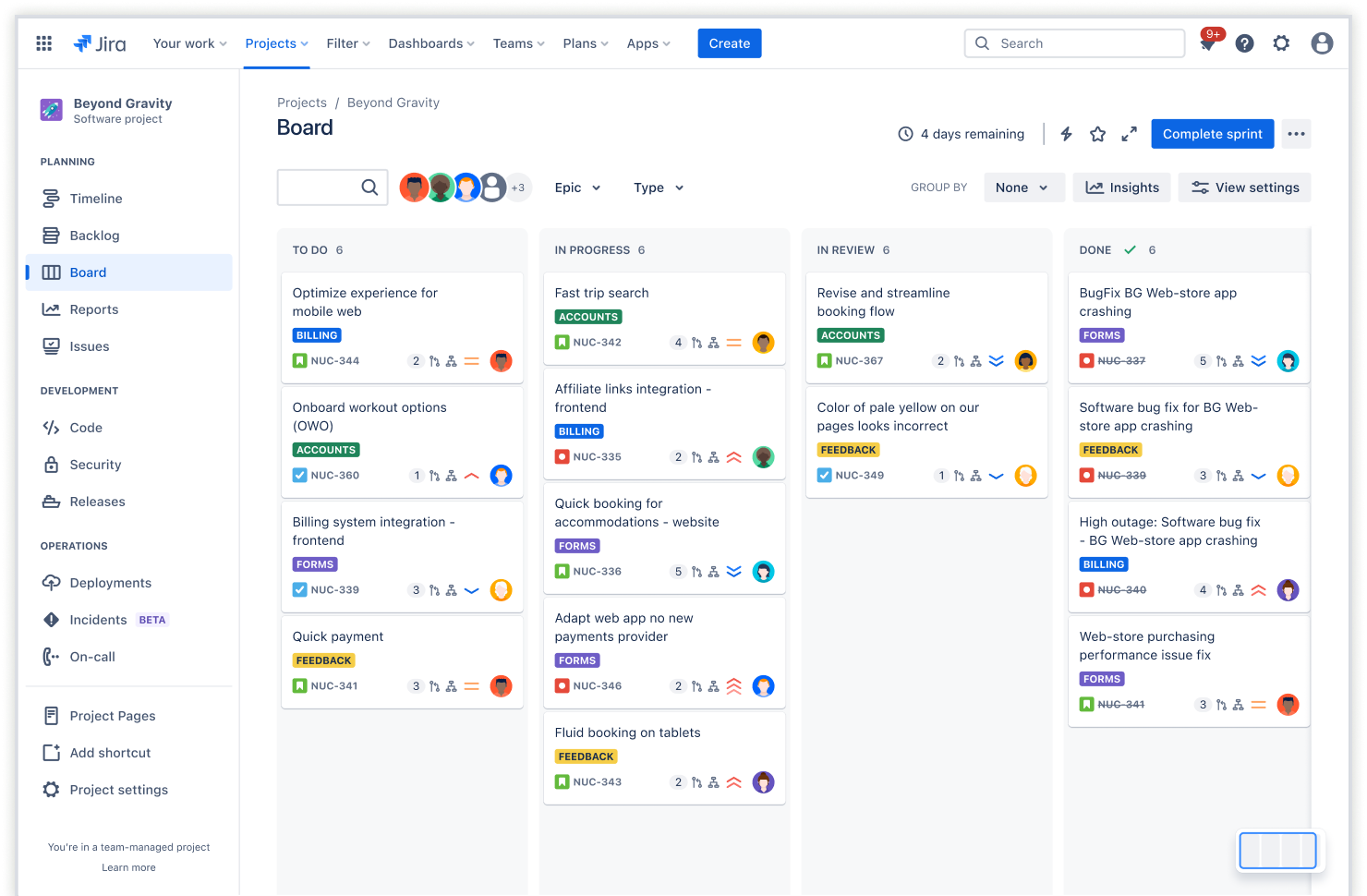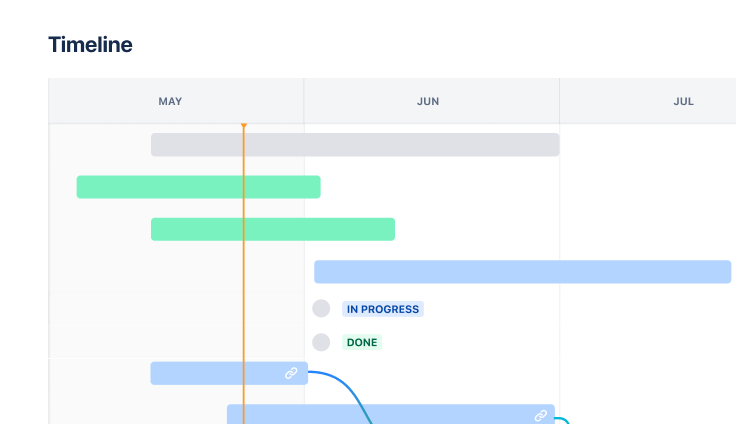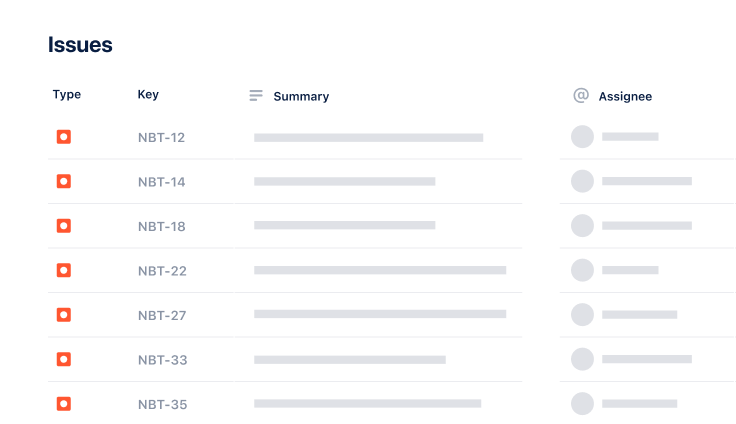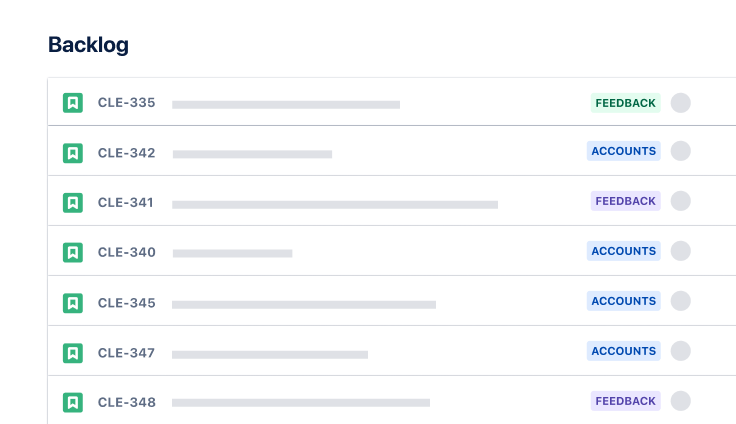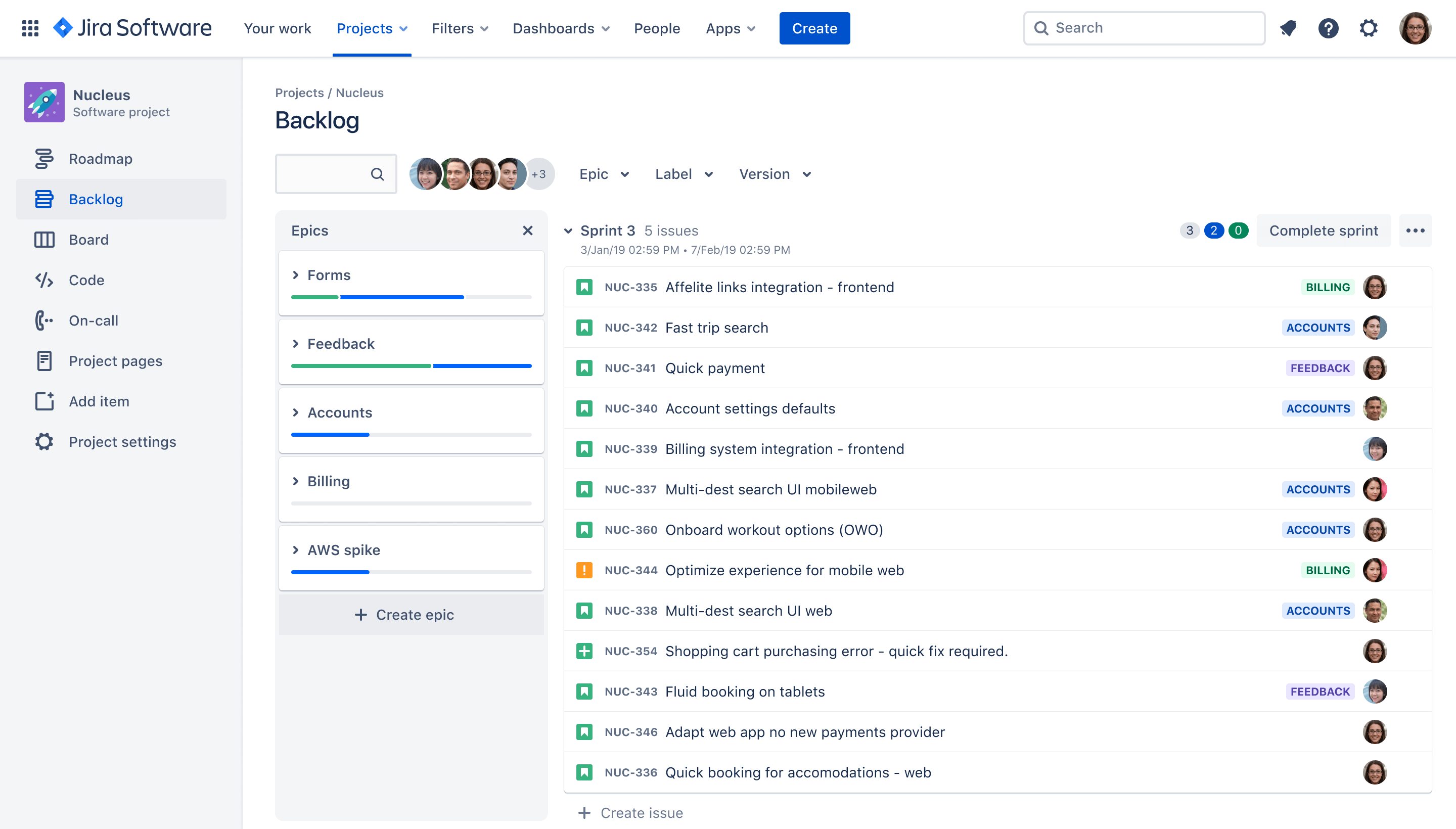
Sprint backlog template
Streamline sprint planning and execution with a sprint backlog template, your tool for effective task organization.
best for
Project management
Software development
key features
Task planning
Prioritization
Pipeline management
What is a sprint backlog template?
Organization tool
A sprint backlog template is more than just a document— it's an organizational powerhouse. It helps Agile teams break down complex projects into manageable tasks within sprints. Serving as a structured roadmap, it clarifies roles and timelines. This nurtures a collaborative and efficient team dynamic.
Task list
The template presents a detailed and well-structured task list to reveal the specific needs of your project. It enhances organization by categorizing tasks and assigning responsibilities. This enables each team member to concentrate on their strengths, driving the project toward success.
Comprehensive task list
The sprint backlog template includes a comprehensive task list, a helpful feature for effective sprint planning. It outlines the tasks for each sprint. It is detailed, organized, and aligns with Agile principles, such as user stories and epics. This clear task list helps team members grasp the project scope, ensuring everyone knows what to do and when, resulting in a smooth project flow and focused efforts.
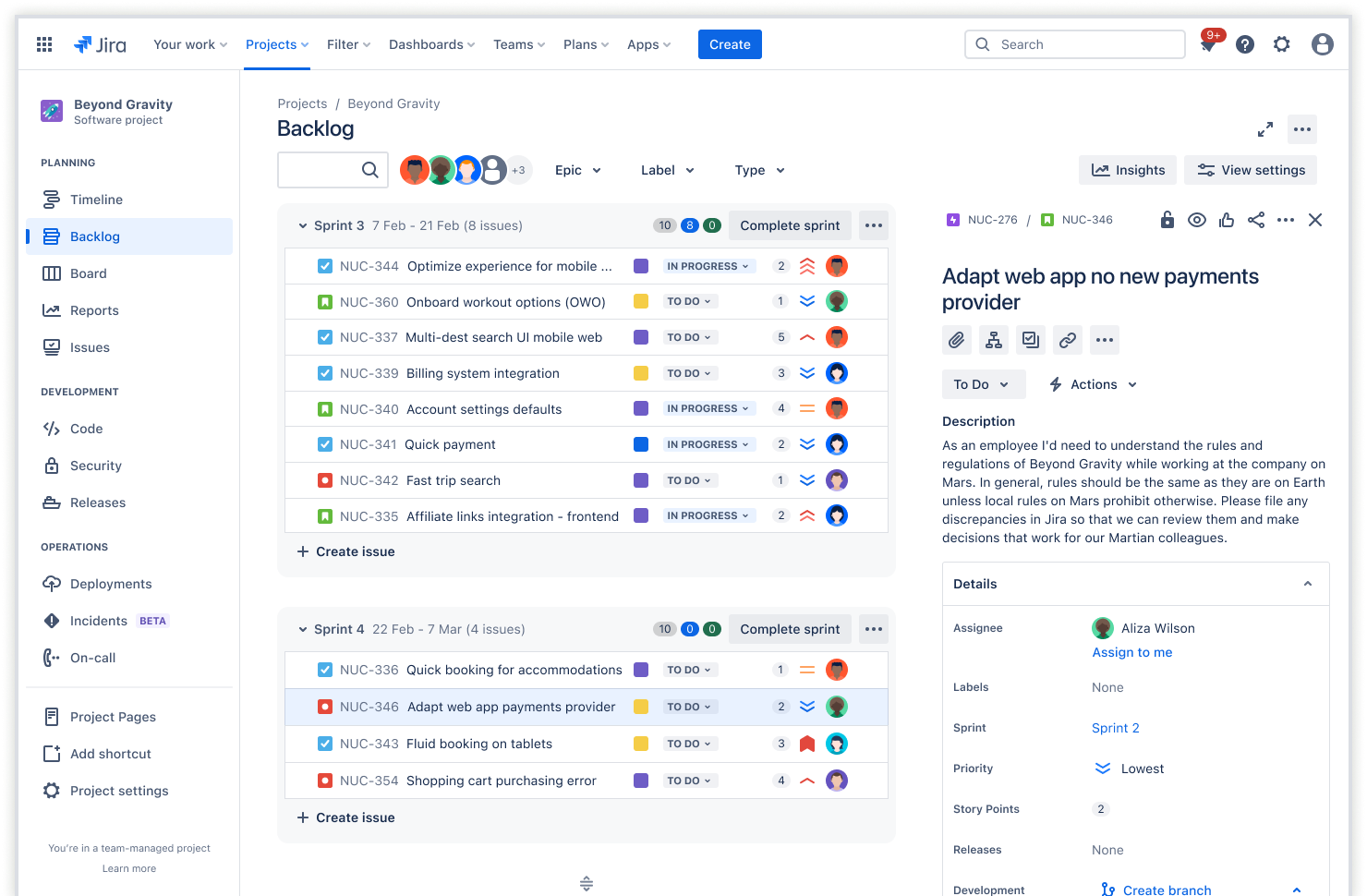
Sprint retrospective
Agile offers teams a dedicated opportunity to reflect upon the outcomes of each sprint. When combined with the sprint backlog template, retrospectives empower teams to examine and learn from their experiences – identifying what worked well and what they can improve. This process is crucial to driving continuous improvement, ensuring each subsequent sprint is more effective than the last.
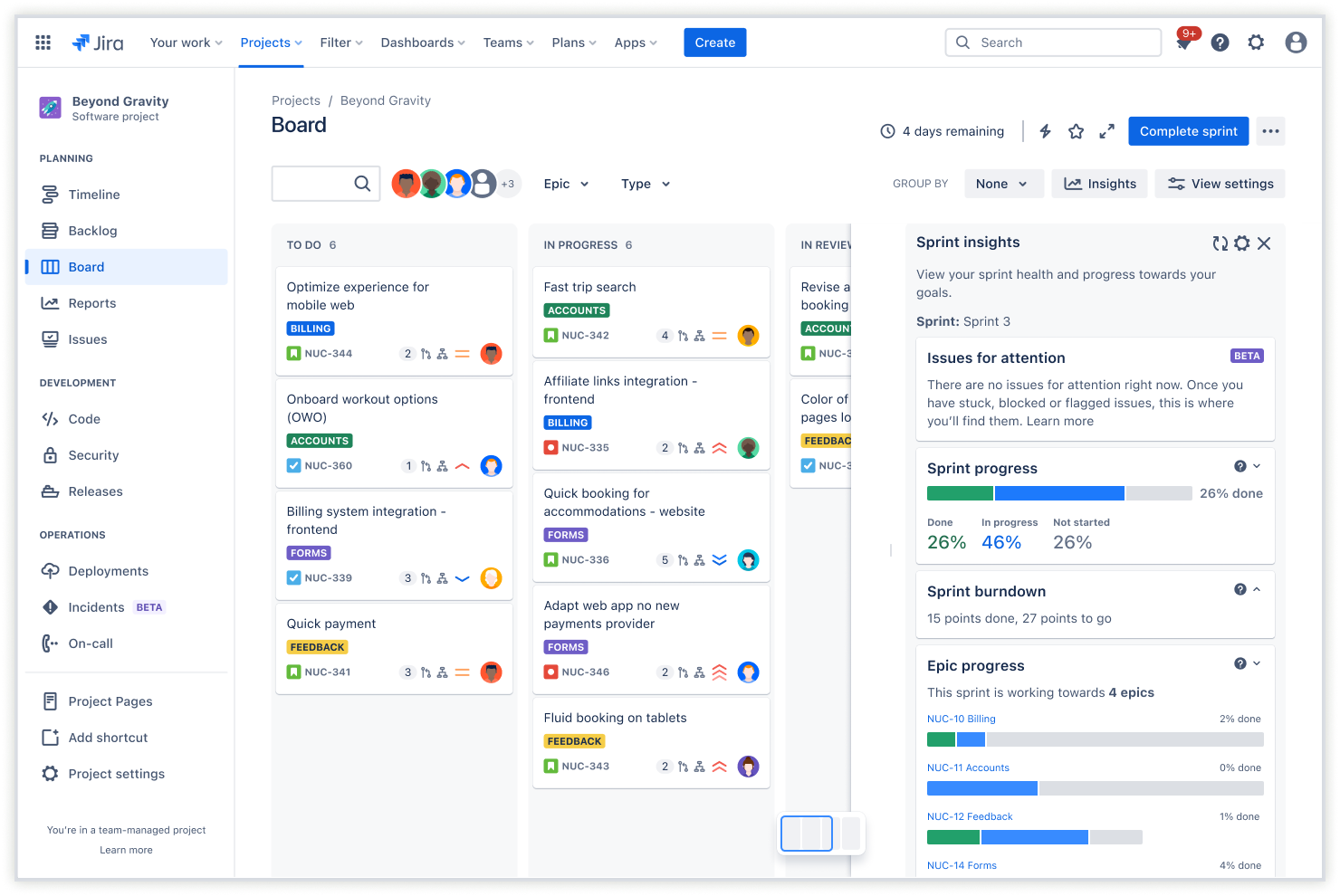
Task Management
The Scrum sprint backlog template helps teams neatly group tasks and clearly assign roles, ensuring everyone knows what they’re accountable for. This helps with task management and ensures everyone works in sync.
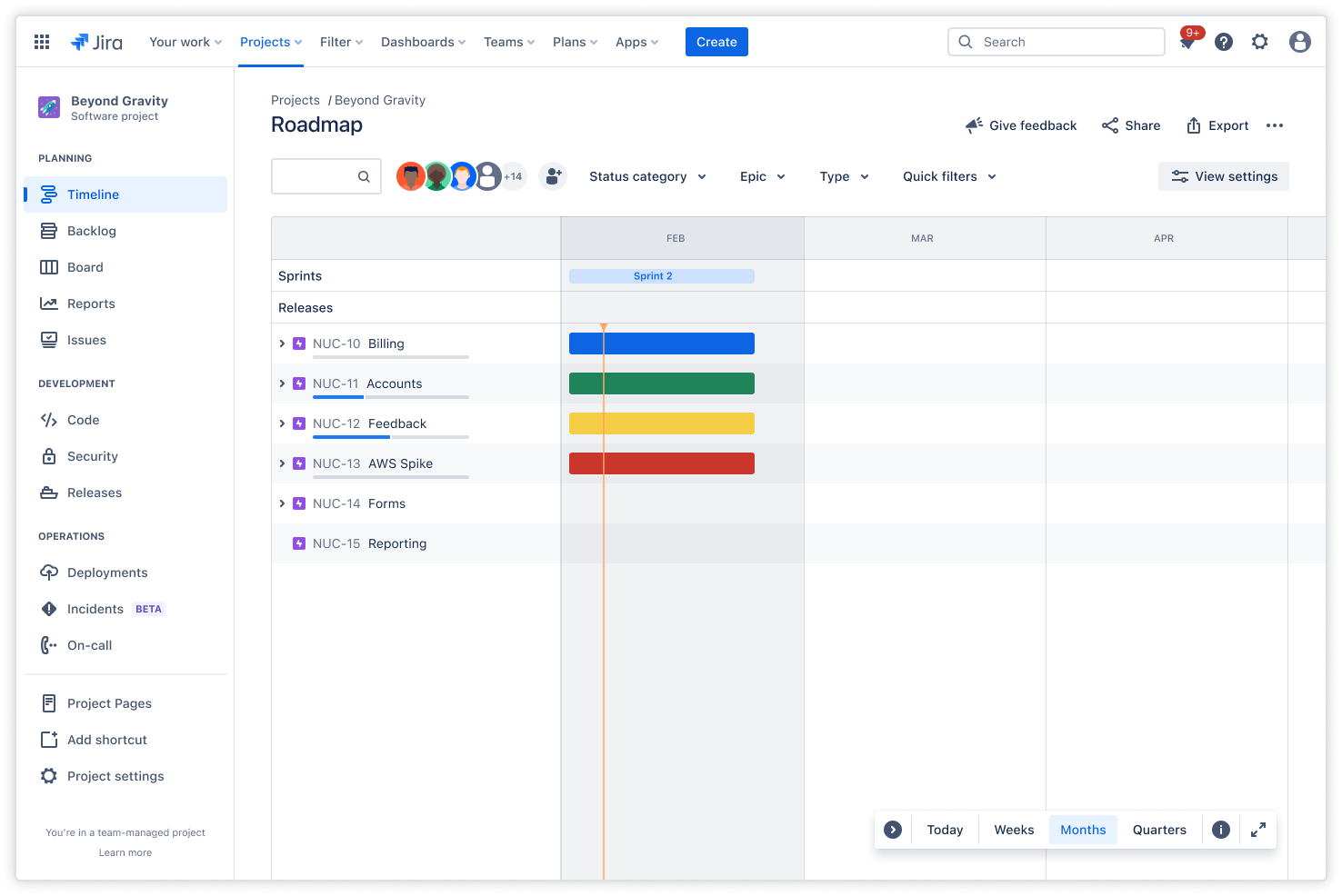
Scrum boards
Scrum boards help agile teams break down tasks into manageable sections so teams can accurately assess time requirements and set attainable goals for each sprint. This process streamlines planning and paves the way for agile, smooth project progression.
